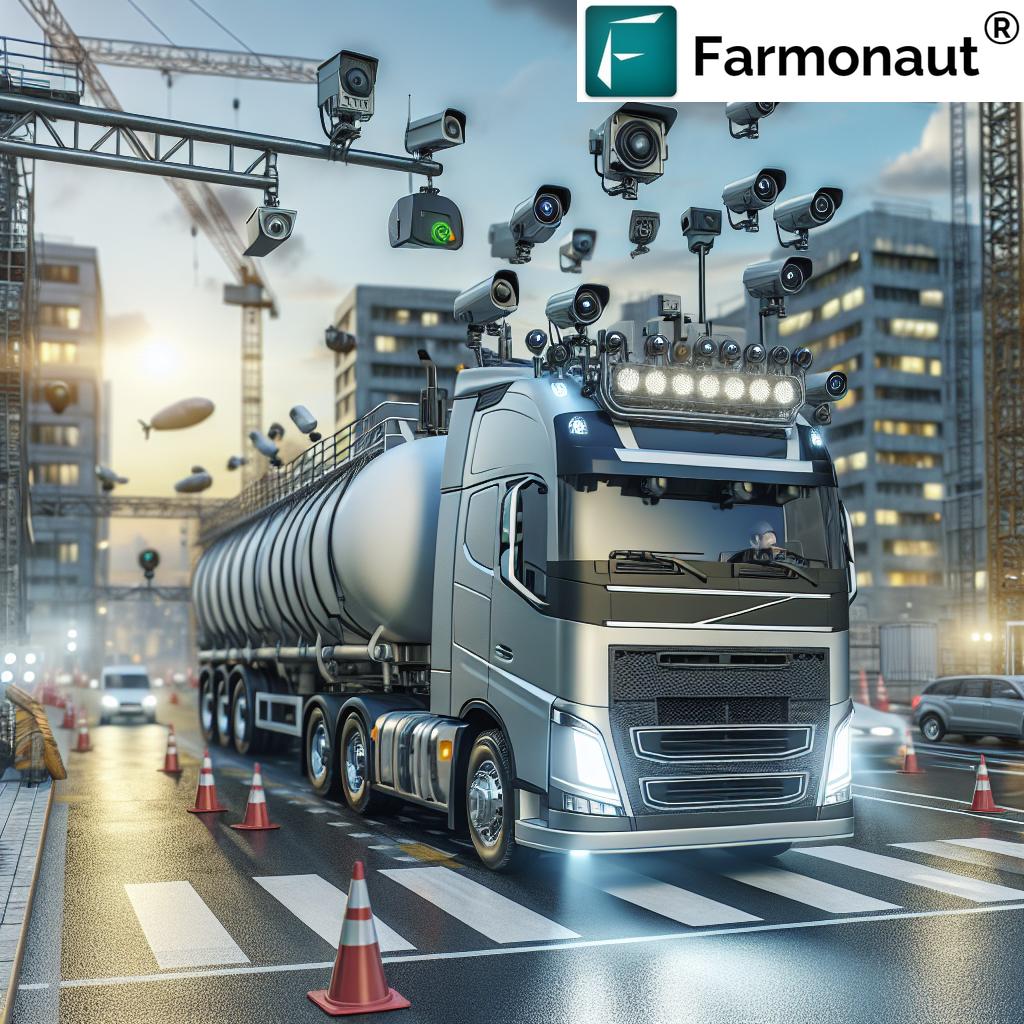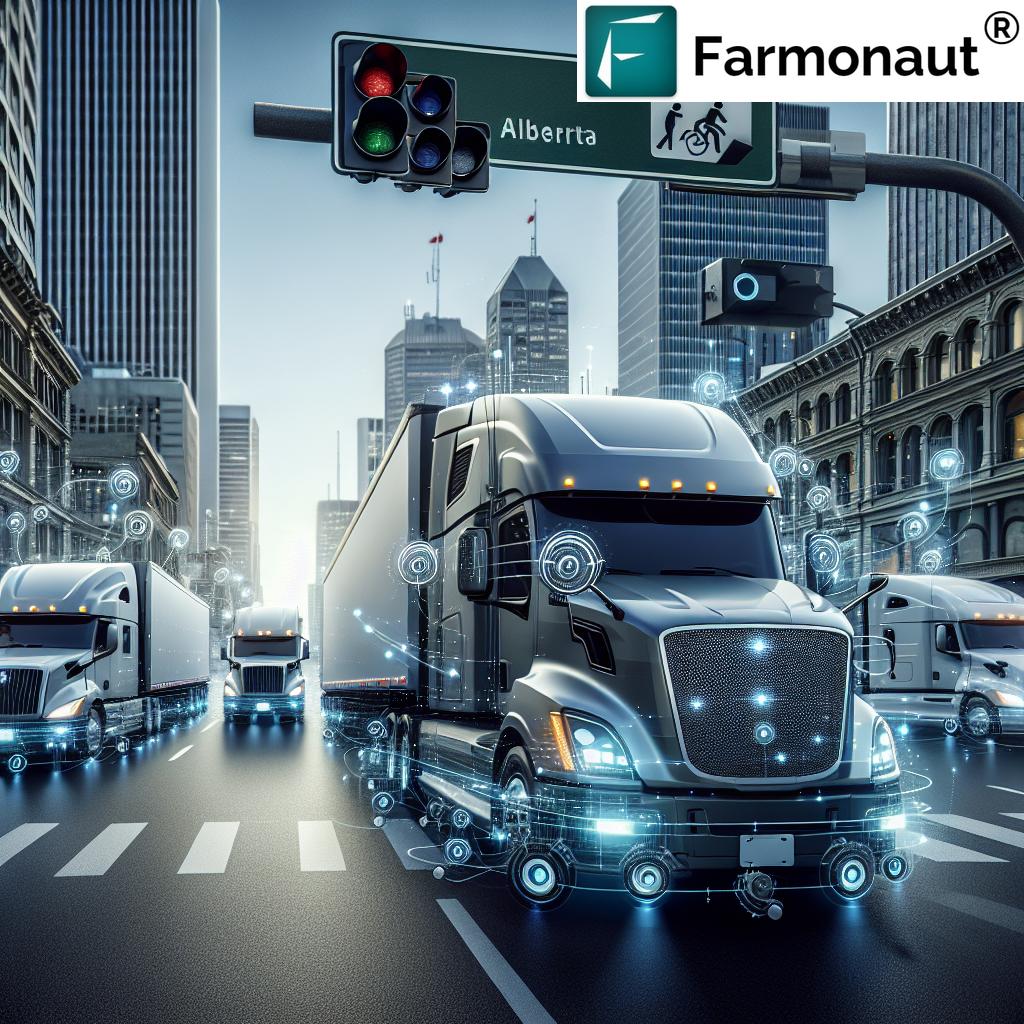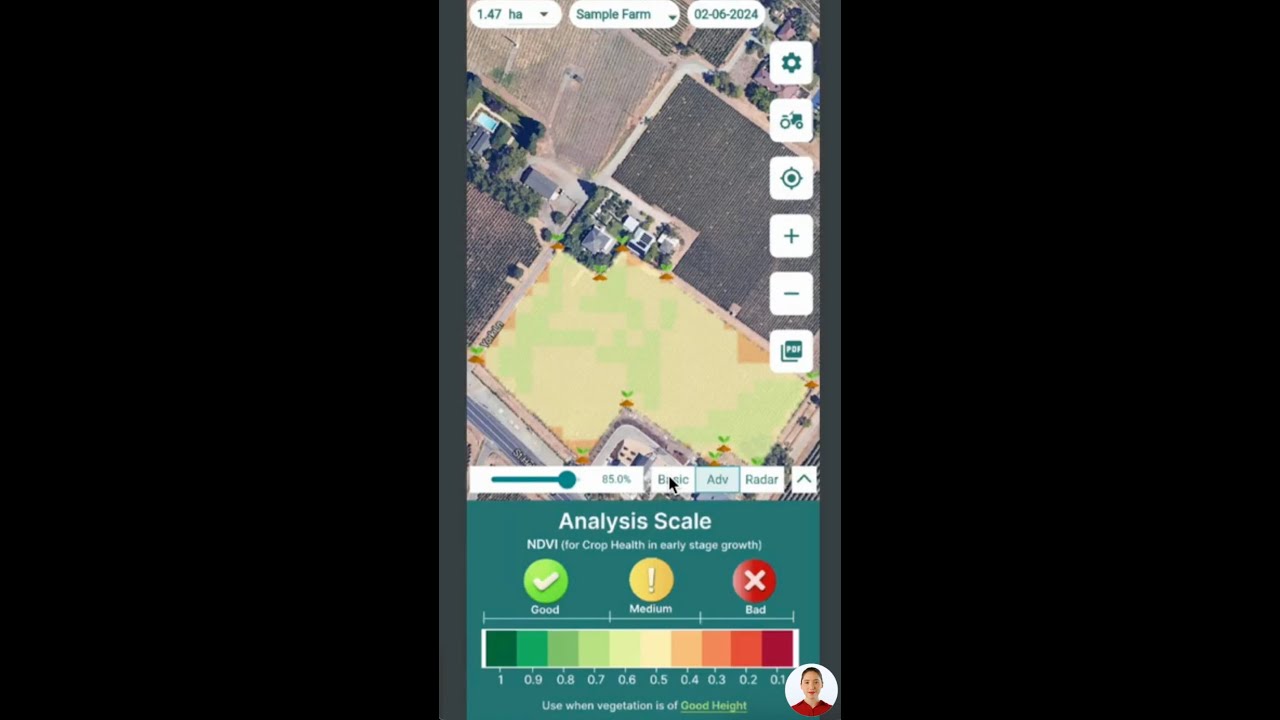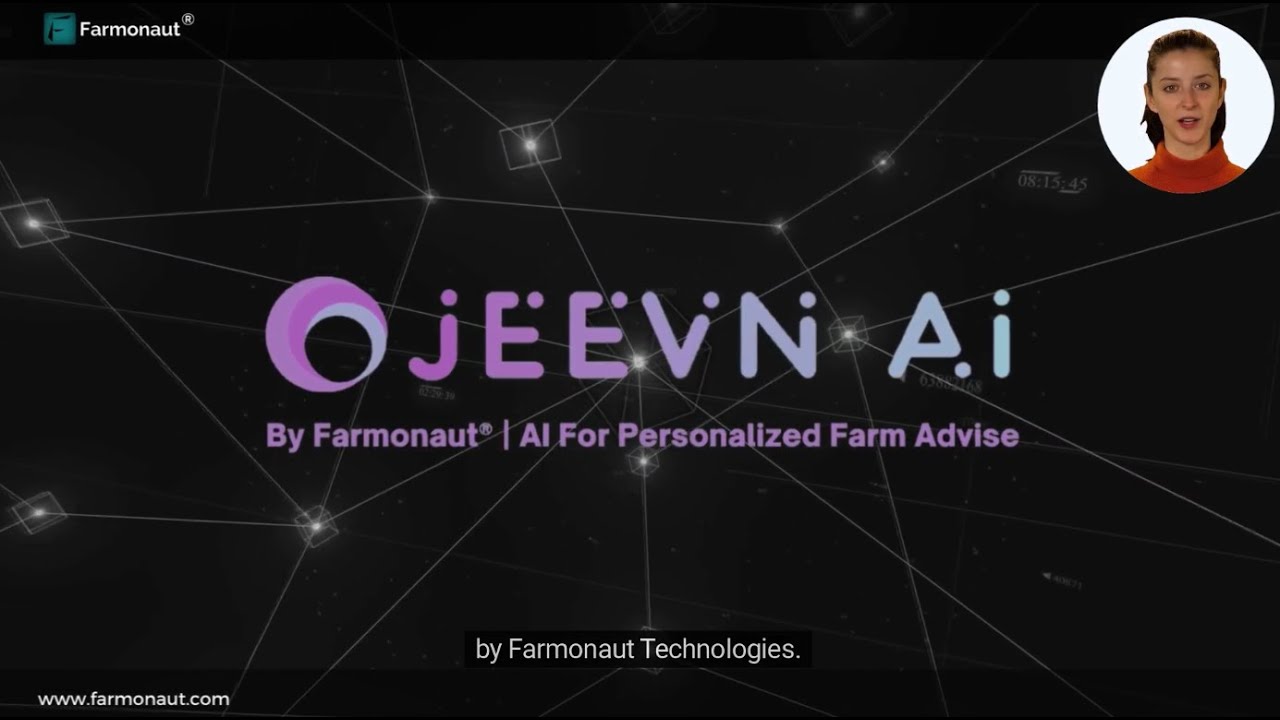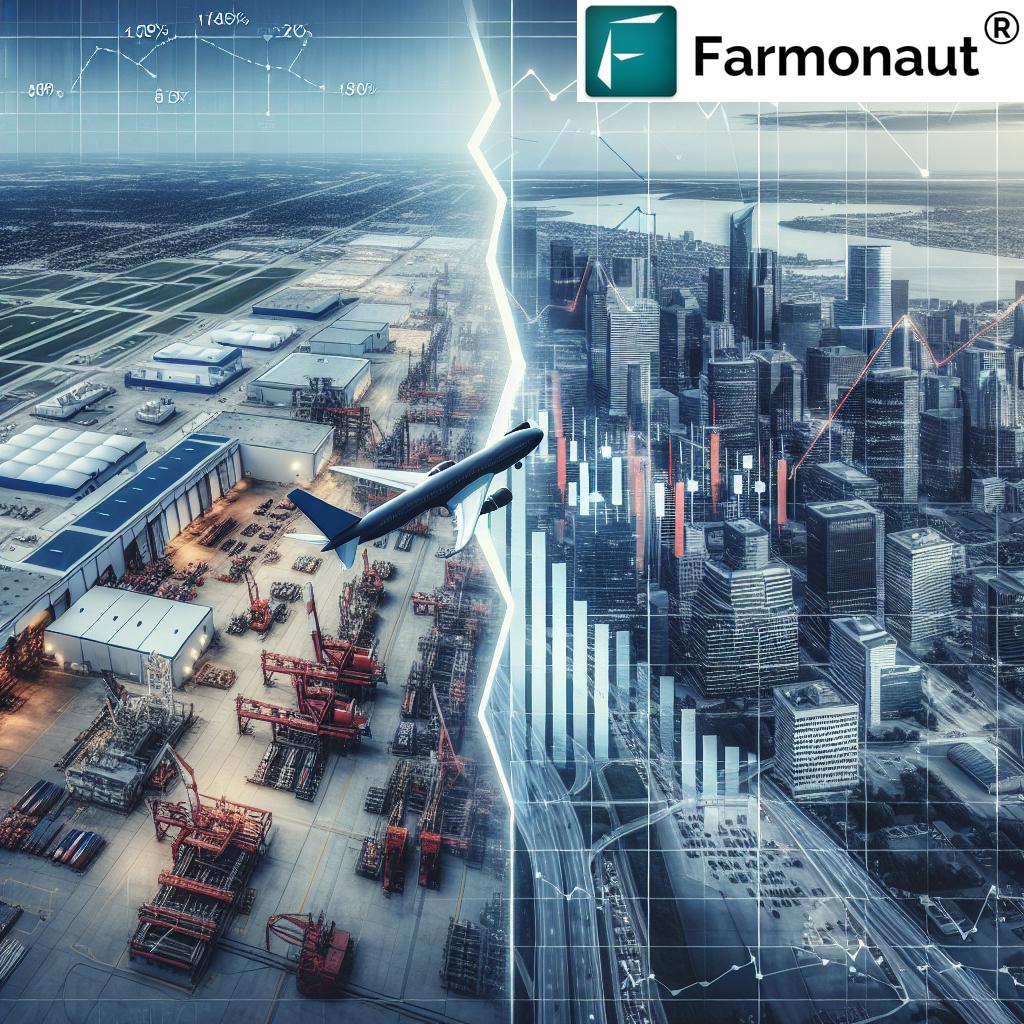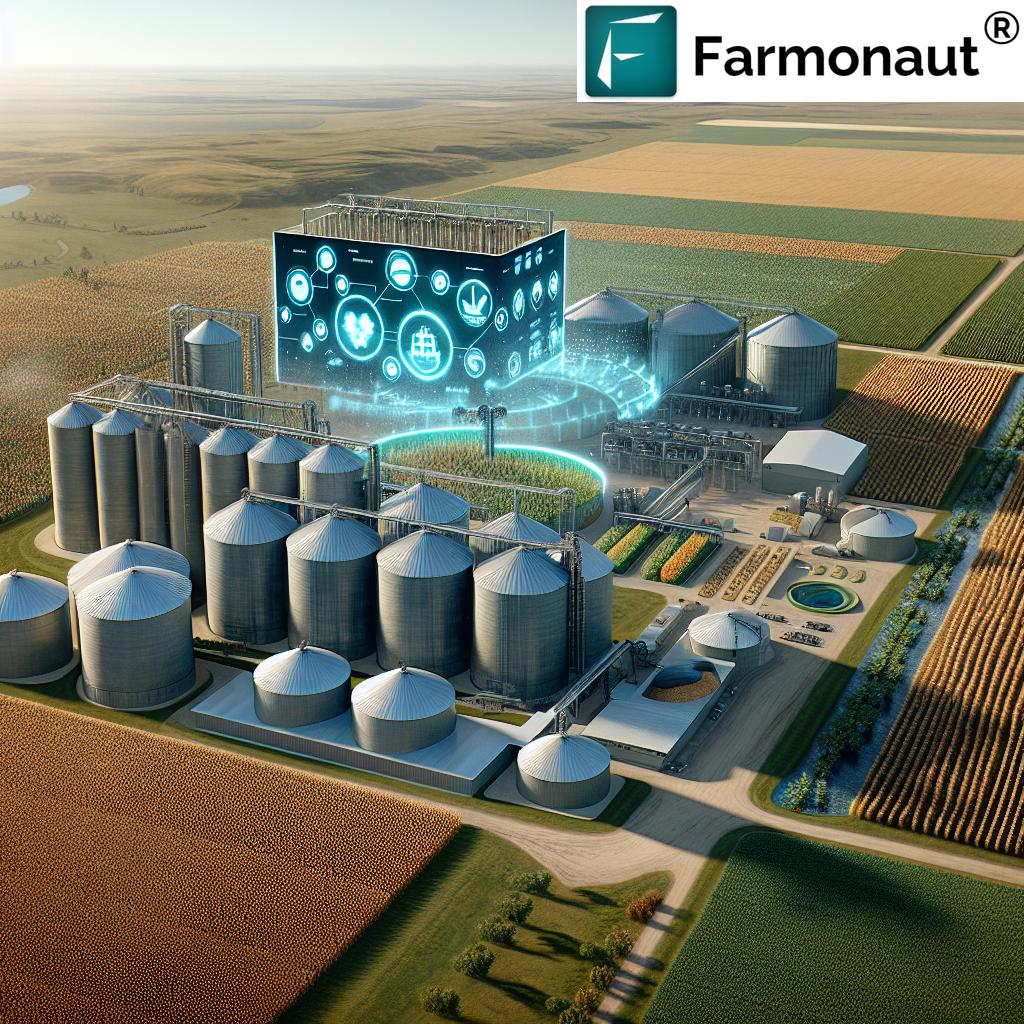7 Ways AI Cameras Boost Vehicle Safety & Cut Collisions in Edmonton
Introduction: Vision Zero and the Shift in Vehicle Safety
As the city of Edmonton prepares to host the Alberta Equipment Expo 2025 on April 24th and 25th, the spotlight intensifies on the future of vehicle safety solutions and the transformative promise of AI camera systems.
With tragic statistics from 2022 — a year when 1,931 Canadians were killed on our roads, including 340 pedestrians and cyclists — it’s clear that innovative technologies are essential to the Vision Zero goal: eliminating fatalities and serious injuries caused by collisions. Vision Zero, already adopted or introduced in 25 Canadian cities (Edmonton, Toronto, Montreal, Ottawa, Vancouver, and many others), is a pioneering road safety initiative that places lives above all else.
At the heart of this movement are advanced camera-based systems and driver assistance technology that now define the gold standard for preventing accidents — especially in commercial vehicles, forestry, construction, and heavy equipment sectors. This post explores how AI camera technology and an array of devices are enabling cities like Edmonton to seriously reduce road collisions and enhance safety for everyone.
AI Camera Systems in Edmonton’s Vehicle Safety Revolution
Vehicle safety in Edmonton is evolving rapidly, thanks to the integration of AI camera systems and related smart safety devices that outpace traditional detection technologies. Whether it’s through the intelligent Backeye®360 system or AI-driven fatigue monitors, these products directly address urban safety challenges: blind spots, distracted driving, complex construction sites, and unpredictable traffic conditions.
At the 2025 Alberta Equipment Expo (April 24th–25th, Edmonton Expo Centre), leading innovators will be showcasing solutions that not only meet strict Vision Zero regulations but also offer commercial and public fleets lasting benefits. Let’s examine the seven most impactful ways AI cameras are redefining road safety, backed by state-of-the-art devices, sensors, and real-time monitoring.
1. AI Driver Monitoring: Preventing Fatigue & Distraction
Problem: Fatigue and distraction are leading contributors to road accidents, particularly in commercial vehicles, heavy construction, and long-haul transport.
Solution: Advanced AI driver monitoring cameras, recently introduced by industry leaders, empower us to detect driver drowsiness, distraction, and improper conduct in real time.
- Sensors positioned strategically near the steering wheel track facial patterns, head movements, eye closure, yawning, and seatbelt usage.
- Built-in AI algorithms analyze these signals, providing audible alerts for fatigue, distraction (like mobile phone use), or unsafe steering actions.
- If erratic driving persists, the system can also alert fleet managers, ensuring multi-layered intervention.
Discover leading AI safety products here.
By addressing the root behavioral causes of preventable collisions, this technology plays a vital role in reducing incidents on both busy city roads and remote forestry or construction sites throughout Edmonton and Alberta.
2. Blind Spot Detection Technology: Reducing Side and Rear Collisions
Blind spots in larger vehicles, commercial trucks, and construction equipment pose a serious safety threat—especially on Edmonton’s congested roads, tight construction sites, and in shared urban areas.
With the introduction and ongoing development of AI-enhanced blind spot detection technology, we’re able to:
- Alert drivers in real-time when pedestrians, cyclists, or vehicles are present in their “no see” zones.
- Leverage radar and ultrasonic sensors that scan areas around the vehicle, reducing the risk of side-impact or rear-end collisions.
- Minimize the “human error” factor thats leads to lane-change accidents and backing accidents, which account for a significant percentage of urban incidents.
Integrating blind spot detection directly not only supports Vision Zero mandates across Edmonton and Canada but also provides immense reassurance to all operators in commercial, construction, and heavy equipment sectors.
3. 360-Degree Vehicle Cameras: Eliminating Blind Zones
One of the most celebrated innovations in vehicle safety is the deployment of 360-degree camera systems, such as Brigade’s award-winning Backeye®360, which fuses feeds from four strategically positioned wide-angle cameras into a real-time, bird’s eye surround view.
- Full Range Awareness: Drivers get a single, comprehensive image of their vehicle and its immediate surroundings on an in-cab monitor.
- AI Enhancements: The latest versions identify humans and objects, even in dense blind spots, using cutting-edge machine learning.
- Critical Support: Especially for heavy machinery, forestry vehicles, and construction trucks maneuvering through complex sites in Edmonton, where traditional mirrors are not enough.
By eliminating blind zones and merging multiple fields of view, 360-degree vehicle cameras drastically reduce collisions and support safer operations for drivers and workers alike.
4. AI-Driven Radar Predict Systems: Proactive Hazard Alerts
With proactive AI radar predict systems, our fleets and heavy vehicles gain advanced hazard analysis and early-warning abilities—allowing us to respond to threats before they become collisions.
- Smart Algorithms: Radar sensors, combined with AI, calculate the speed and distance of surrounding objects — predicting imminent risks, such as fast-approaching cross-traffic or stationary obstacles.
- Audible & Visual Alarms: Drivers and operators receive clear real-time alerts for unexpected obstacles, oversized vehicles, or pedestrians entering vehicle paths on roads or job sites.
- Reduced Human Error: Automated intervention shrinks the window for mistakes, even in low-visibility conditions or heavy traffic that are common across Edmonton and its industrial sectors.
By anticipating danger instead of merely reacting, these AI-powered systems are crucial in helping reduce road collisions, especially in sectors with complex logistics and dynamic environments.
5. Front Radar & Pedestrian Detection: Protecting Vulnerable Road Users
Urban centers like Edmonton are home to bustling intersections and multi-use roadways. Vision Zero initiatives place special emphasis on protecting pedestrians and cyclists, who made up over 340 fatalities in 2022 Canada-wide.
- Front Radar Sensors: Constantly scan the path ahead for moving and stationary objects—triggering immediate braking or alerting drivers about imminent collisions with people, animals, or other vehicles.
- AI Pedestrian Detection: Uses advanced deep learning to recognize human shapes in a vehicle’s camera view and activate emergency warnings or interventions.
- Compliance with Vision Zero: Satisfies regulatory demands in Edmonton and other Canadian cities focused on road safety for all people.
These systems are not just technical add-ons—they are lifesaving solutions fundamentally designed to reduce road collisions and the tragic human and financial impact of preventable accidents.
6. Fleet and Heavy Equipment Safety Devices: Commercial Applications
Our commercial vehicles—including trucks, buses, and heavy machinery for forestry, construction, and road-building sectors—face unique safety risks on and off Edmonton’s roads. AI-powered fleet safety devices bring tangible, measurable change:
- Backup Alarms & Sensors: Modern White Sound® reversing alarms, ultrasonic sensors, and AI dashcams work together to prevent construction site accidents and workplace injuries.
- Site-Specific Integration: These devices can be tailored to meet the requirements of a wide range of vehicles and environments—everything from forestry haulers to urban fleets.
- Dashcams with Telematics: Provide incident recording, driver behaviour analytics, and integration with fleet management solutions for compliance and continuous improvement.
By combining technology with a deep understanding of operator needs, these systems set a new benchmark for easy-to-adopt, reliable, and innovative fleet management solutions—supporting safer roads for every citizen.
7. Integration with Telematics Systems: Smart Insights & Accident Prevention
To maximize the value of AI cameras and safety devices, companies integrate them with powerful telematics and analytics platforms, such as Brigade Telematics. Here’s how this synergy works to create safer environments in Edmonton and across Canada:
- Real-Time Data Flow: Vehicle location, driver status, camera feeds, and sensor alerts all funnel into a centralized platform for quick review and action.
- Carbon footprinting: Track emissions and environmental impact, supporting sustainable operations aligned with new transport safety and climate policies in Alberta.
- API Integration: Safety system data can be accessed via API endpoints or embedded with full documentation at API Developer Docs.
The result is a powerful suite of driver assistance technology and proactive risk management features—empowering companies to prevent construction site accidents, support drivers, and comply with evolving Vision Zero regulations.
Comparative Benefits Table: AI Camera Features & Their Safety Impact
Below, we present an authoritative comparison of the seven top AI camera and sensor features found in advanced commercial vehicle safety systems. This table demonstrates their relative effectiveness in reducing collisions and safeguarding people and assets across Edmonton.
| AI Camera Feature | Estimated Reduction in Collisions (%) | Functionality | Impact on Reaction Time (Estimated Seconds) |
Additional Safety Benefit |
|---|---|---|---|---|
| AI Driver Fatigue Monitoring | 20–25% | Detects drowsiness, distraction, improper conduct | 1–2s improvement | Alerts on mobile use, seatbelt neglect |
| Blind Spot Detection | 18–23% | Scans for hidden pedestrians, vehicles, cyclists | 1–3s improvement | Reduced lane-change/merge accidents |
| 360-Degree Vehicle Cameras | 27–32% | Real-time bird’s eye surround view | 2–4s improvement | Complete blind zone elimination |
| AI Radar Predict System | 15–19% | Hazard anticipation, automatic alerts | 1–2s improvement | Reduces human error, low-visibility safety |
| Front Radar & Pedestrian Detection | 23–26% | Detects people/objects in road, triggers alerts | 2–4s improvement | Protects vulnerable road users |
| Fleet/Equipment Safety Devices | 15–20% | Backup alarms, dashcams, sensors | Varies (avg. 1–2s improvement) | Incident recording, insurance support |
| Telematics Integration | 17–25% | Centralized safety data/alerts management | 1–3s improvement | Operational transparency, carbon reporting |
Note: All values are based on studies of AI safety tech integration in moderate to high-risk urban environments, including Edmonton, Alberta. Actual results may vary based on specific configurations and usage.
Road Safety Initiatives in Canada – Edmonton Leading the Way
The city of Edmonton is at the frontlines of Canada’s Vision Zero journey, with ambitious plans and regulations designed to help cities across the country reduce traffic injuries and fatalities. By April 2025, a majority of metropolitan centers—including Toronto, Vancouver, Montreal, Ottawa—have either introduced or are actively considering Vision Zero as a central pillar of their road and transport strategies.
- Events like the Alberta Equipment Expo 2025 are pivotal in raising awareness, answering critical questions, and bringing the latest commercial vehicle safety solutions to public and private fleets.
- Across Alberta, strict new regulations require construction, forestry, and road-building machinery to be equipped with the latest AI cameras, 360-degree vehicle cameras, and blind spot safety systems.
- National studies estimate that every reduction of just 100 serious injuries can save upward of $36 million CAD per year in direct and indirect costs related to transport, insurance, and family support.
By embracing innovative safety solutions and holding industry expo events, Edmonton and its peers are turning Vision Zero from an ideal into a tangible, data-backed achievement—setting a global benchmark for safety, technology integration, and community impact.
FAQ: Your Questions on Vehicle Safety Solutions & AI Cameras
What is Vision Zero, and why is it important for Edmonton?
Vision Zero is an internationally adopted road safety initiative aiming to eliminate all road fatalities and serious injuries. In Edmonton and cities across Canada, Vision Zero sets the standard for safer, smarter transportation, pushing for the widespread adoption of advanced camera and safety technologies across public and commercial vehicles.
How do AI cameras work with vehicle safety systems?
AI cameras use deep learning algorithms to continuously monitor drivers, vehicle surroundings, and blind spots. They can detect signs of fatigue, distraction, and impending hazards—triggering warnings and real-time interventions to help drivers prevent accidents.
Are AI vehicle safety solutions required by law in Edmonton or Alberta?
As of April 2025, many commercial and construction vehicles are required or strongly encouraged to use AI-based cameras, blind spot detection, and backup sensors, in line with new Vision Zero safety regulations—but specific mandates vary by sector and city.
Can small and medium businesses afford to implement these systems?
Yes. Many of the latest AI camera systems are designed to be affordable, modular, and compatible with older vehicles, allowing businesses of all sizes to protect their assets and staff while remaining budget-conscious.
What is the primary benefit of 360-degree cameras compared to standard backup sensors?
360-degree vehicle cameras merge multiple camera angles to provide a bird’s-eye view of the vehicle’s surroundings, eliminating all blind spots and enabling safer maneuvering—especially on crowded construction sites or busy city streets.
Can these AI safety systems be integrated with other operational technologies?
Absolutely. Advanced devices support API integration and work seamlessly with carbon footprinting tools, telematics systems, and other data-driven platforms, streamlining compliance and reporting for commercial operators.
Summary & Key Takeaways
- AI camera systems — including blind spot detection technology, driver monitoring, and 360-degree vehicle cameras — are dramatically reducing collisions and supporting the Vision Zero initiative throughout Edmonton and Canada.
- These innovative solutions provide robust protection for drivers, pedestrians, and cyclists, while promoting operational efficiency and compliance with new regulations.
- Integration with fleet management, telematics, and carbon tracking delivers insights that help organizations reduce costs, meet safety targets, and drive sustainability.
By adopting these proven safety solutions and embracing data-driven best practices across all sectors—urban, construction, forestry, and commercial—we are helping to create safer roads and working environments for people in Edmonton, Alberta, and beyond.
Farmonaut: Powering AI & Satellite Innovation for All Industries
While Farmonaut specializes in satellite-based agricultural technology, the parallels to smart vehicle safety solutions are clear: both harness the power of AI, real-time monitoring, and data-driven insights to reduce risks, improve outcomes, and promote sustainability.
-
Farmonaut’s fleet and resource management solutions
(see more)
adopt many best practices from commercial vehicle safety, focusing on efficient vehicle usage, real-time monitoring, and proactive maintenance—helping agricultural businesses
optimize logistics, reduce costs, and improve safety. -
Blockchain-enabled traceability
(learn about product traceability)
ensures transparency in supply chains, preventing fraud and enhancing trust—vital across sectors. -
Carbon footprint tracking
(explore carbon solutions)
aligns with organizational
goals
to minimize environmental impact, supporting compliance with new policies (in both agriculture and transport).
To experience Farmonaut’s full suite of satellite-driven risk management and AI advisory systems, explore the platform:
For API integration, see the Farmonaut Satellite API and developer docs.
Explore Farmonaut Apps & Solutions
From individual farmers to large agribusinesses, government agencies, and corporate clients, Farmonaut offers truly modular, scalable, and affordable tools for enhanced safety and productivity:
- Satellite-based crop health monitoring—Track NDVI, moisture, and threats with easy visualization and reports. Unlock data-driven farming via the app.
- AI-based farm advisory—Get real-time recommendations with Jeevn AI (details here).
- Traceability & Supply Chain Solutions—Empower transparency with blockchain traceability.
- Fleet Resource Management—Reduce fuel, prevent scheduling hassles, and boost compliance (manage fleets).
- Loans and Insurance Verification—With satellite-based insurance support for lenders and institutions.
- Large-Scale Management & Advisory for Agro Forest Plantations—(learn more).
Whether you are operating a modern farm, overseeing commercial vehicle safety, or seeking to align with Vision Zero and sustainability requirements, the synergy of AI, satellite technology, and innovative data systems is creating a smarter and safer future for all.
Ready to take your operations to the next level? Start with Farmonaut today and see why we are the choice for forward-thinking organizations who value both productivity and safety.


